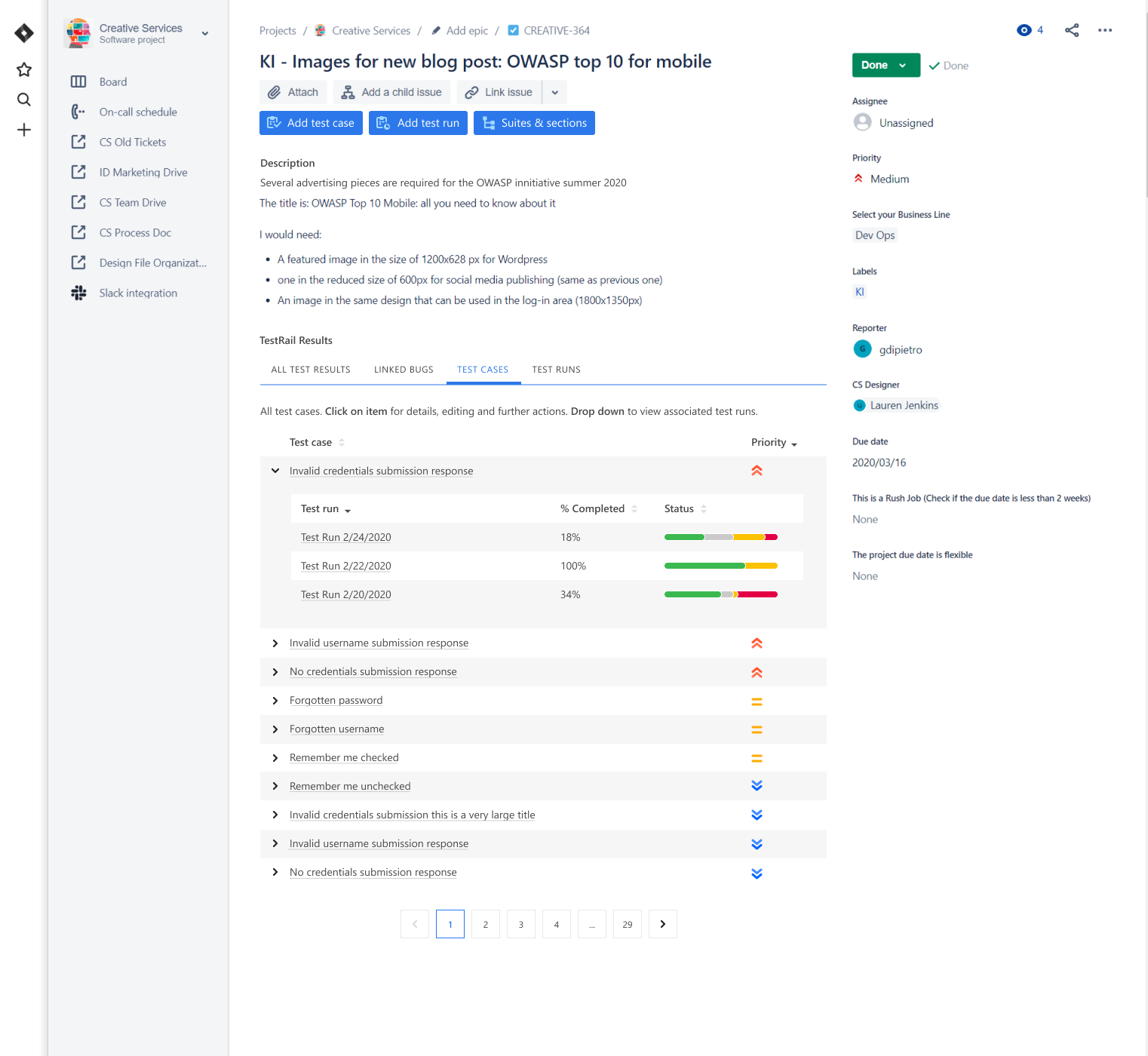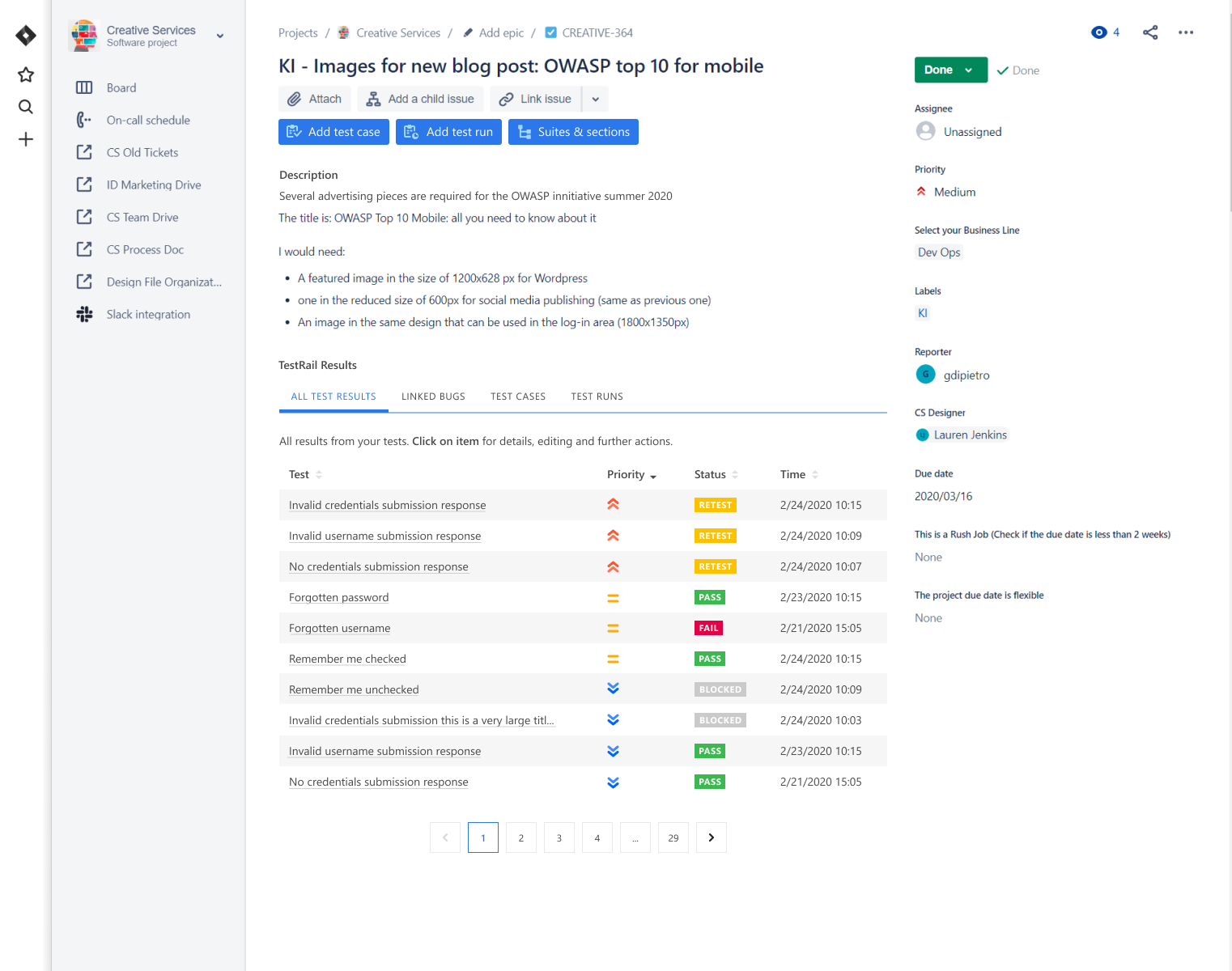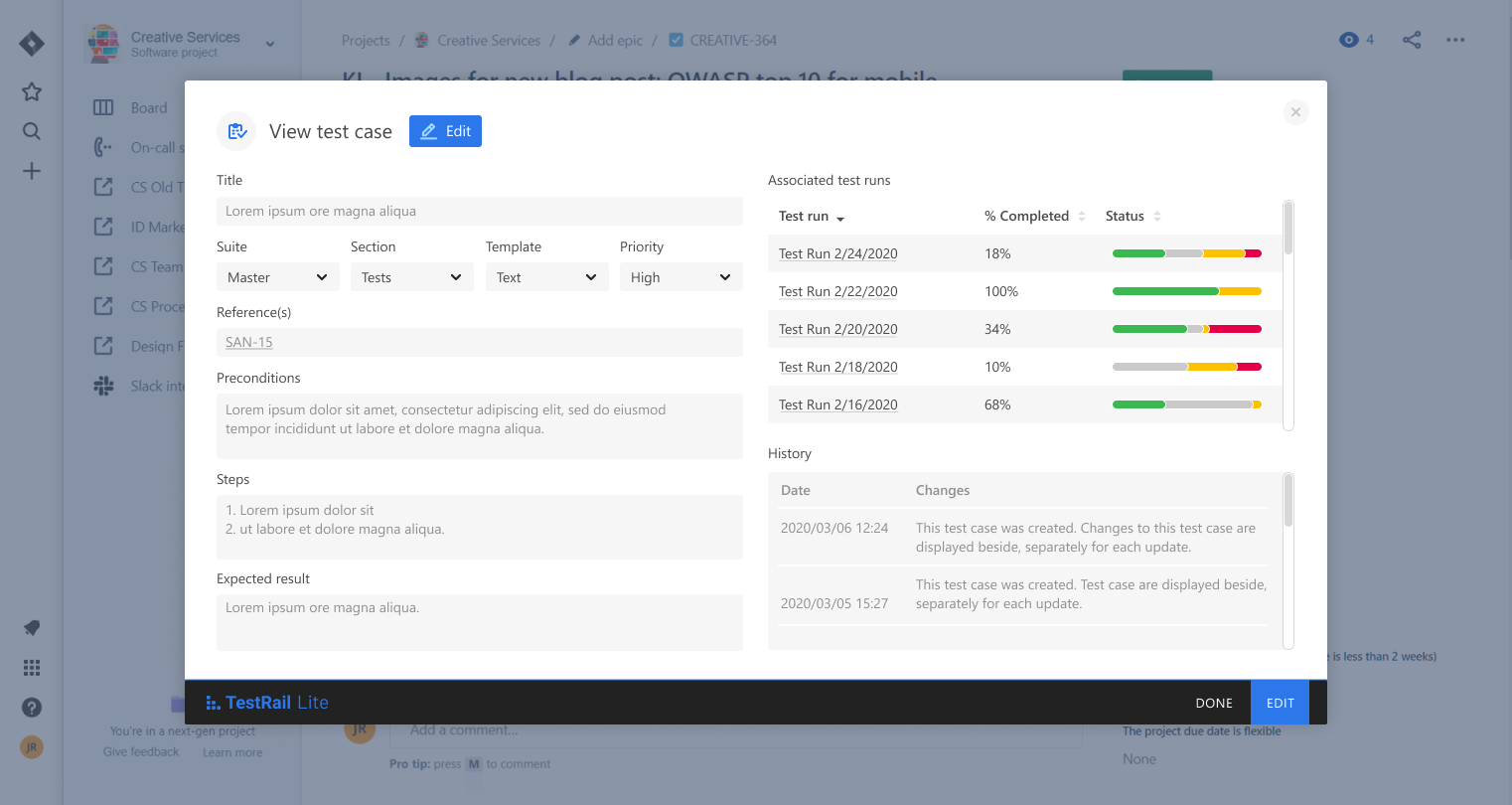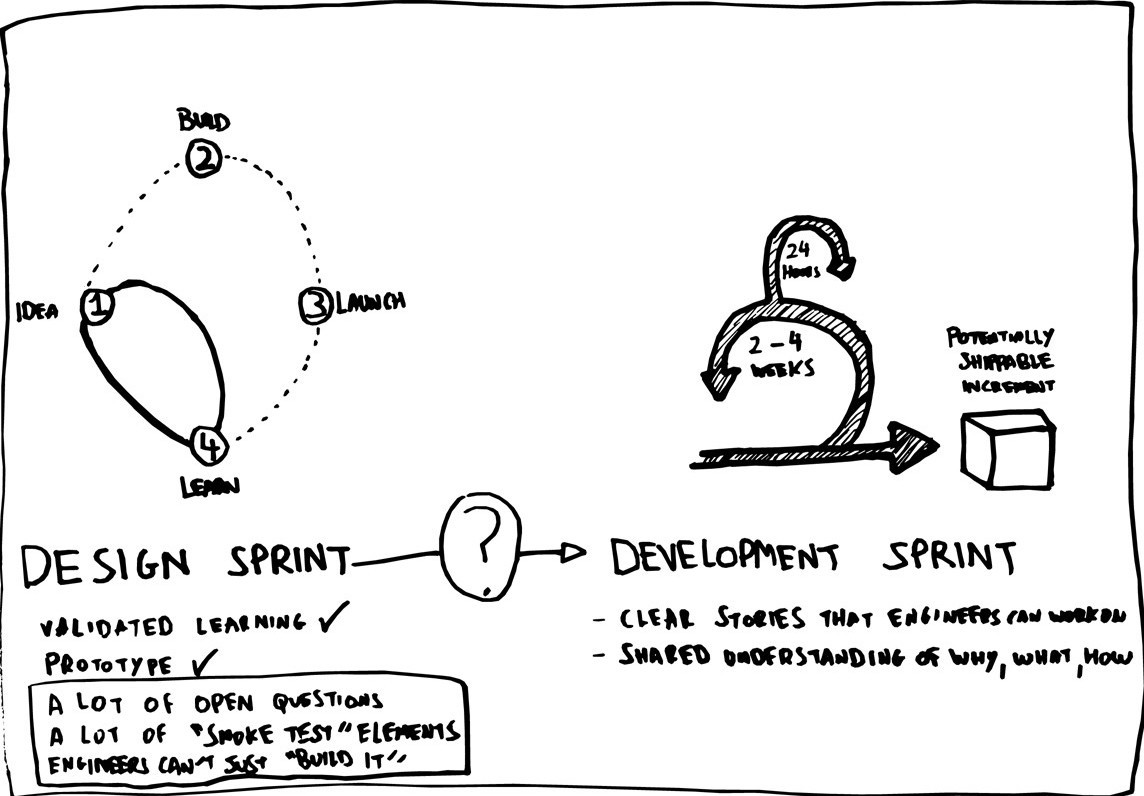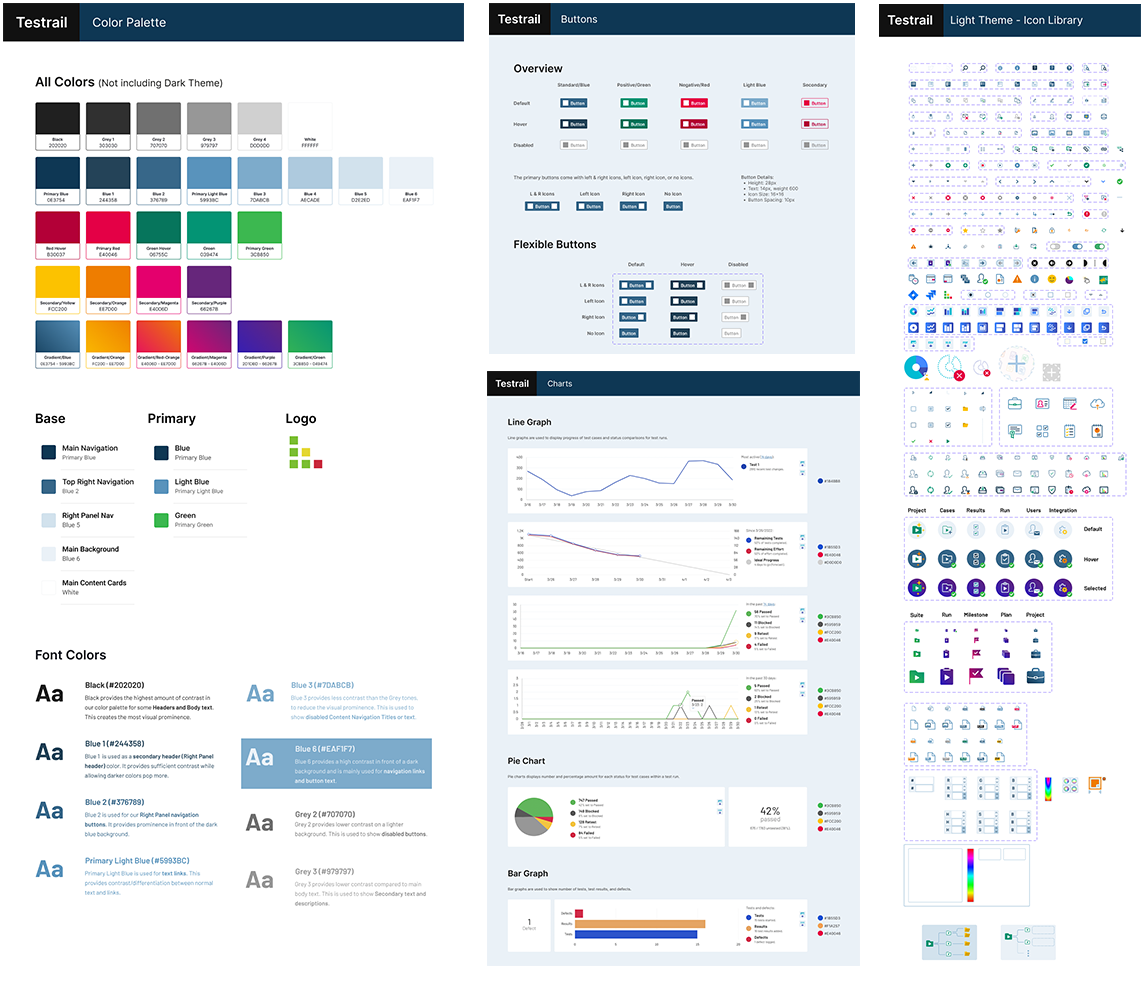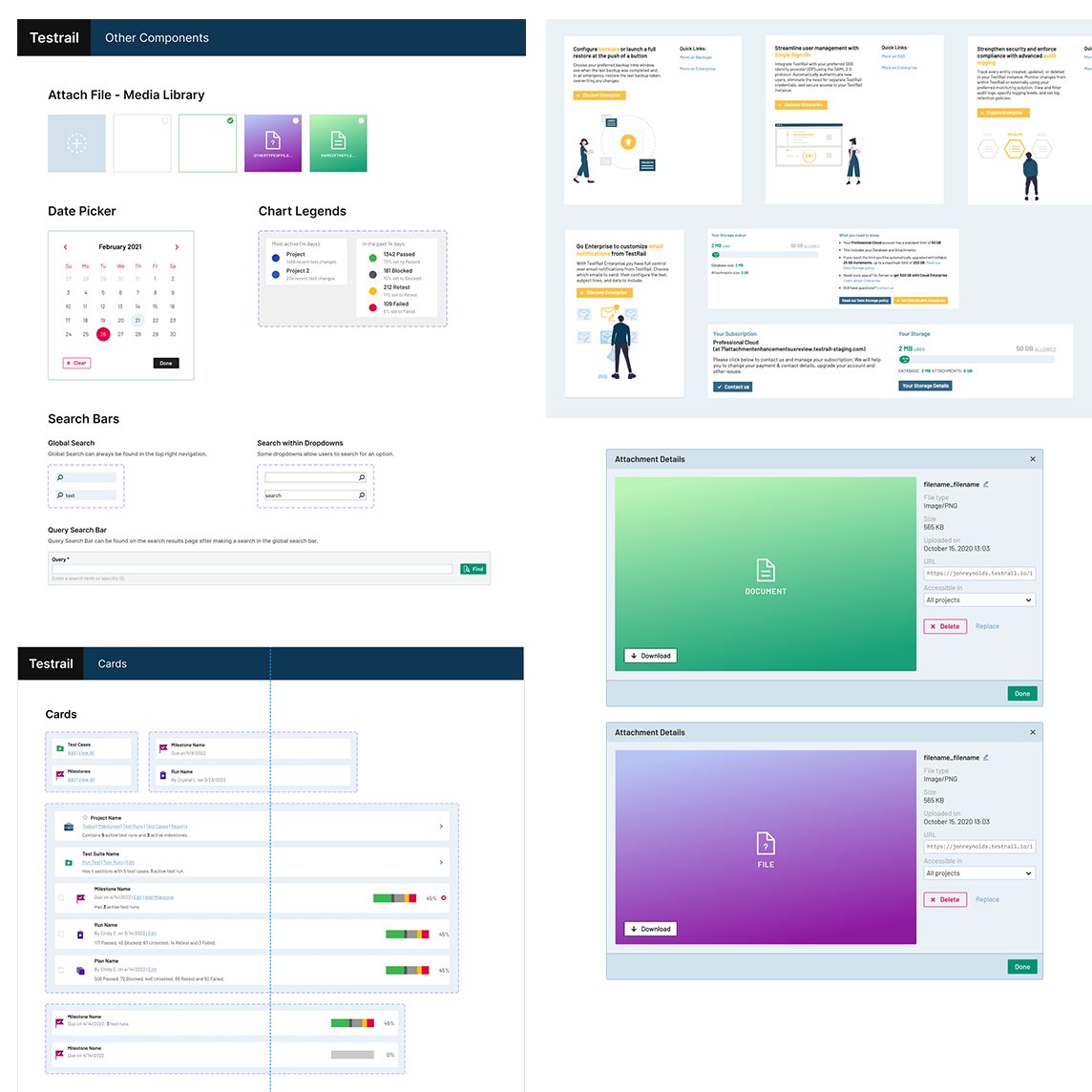
COVID Strikes
In March 2020, COVID became a global pandemic and severely impacted the software industry. I was the UX design leader of all Idera, Inc. B2B database administration, application development, QA testing and DevOps tools, which included TestRail, the #3 B2B software in the world that currently controls 35% of the testing tool market.
At the same time, I constantly monitored my team's personal health, safety, and well-being. Some of my team had problems accessing basic needs: food, medicine, and a safe environment. I ensured they took care of themselves and their loved ones first.
A Responsibility to Testing Customers
Meanwhile, the rest of the team addressed the COVID-related needs of Idera's customers while getting used to our new normal of being locked down at home. We needed to find a way to implement our most important company priority to accelerate product design and development so we could quickly provide the tools our customers desperately needed.
-
Company
Idera, Inc.
-
My Role
Director of UX and Design
-
Team
Senior UX Designer and 2 UX Designers
Lead PM and 2 PMs
Lead Architect and 2 Architects -
Date
2020 - 2021
